Wishing you a bountiful harvest!
After days of heavy rain due to the circulation of storm No. 11, the land is still moist, crops are affected, but in all the hills, people are still diligently cultivating, hoping for a high-yield crop. Coming to Hai Cu residential group, Phuong Son ward these days, from afar you can see the lush green covering the hillsides. In the space of fruit trees, the sweet tangerine and pomelo garden of Mrs. Leo Thi Thai's family is entering the "golden" time to take care of the fruit. While quickly pruning and removing dense branches and leaves so that the fruit can be directly exposed to natural light, Mrs. Thai shared: "After the rain, the soil is compacted, so I took the opportunity to break the crust, add potassium fertilizer, and spray trace elements to help the tree recover and nourish the fruit. If I neglect it now, the fruit will easily crack and fall."
 |
Sweet orange garden in Cong village, Kien Lao commune. |
Not only Phuong Son, but also other communes such as Luc Ngan, Nam Duong, and Kien Lao are covered in green fruit trees. Right after the flood receded, many garden owners took advantage of the sunny period to spray leaves, apply organic fertilizer, and disinfect. "Only healthy grapefruits have beautiful fruit and plump segments. People now fertilize in a balanced way, limiting nitrogen fertilizer to maintain the natural sweetness," said Nguyen Thi Hang, owner of a 3-hectare grapefruit garden.
According to the Department of Crop Production and Plant Protection (Department of Agriculture and Environment), the whole province currently has nearly 8,200 hectares of citrus trees, including more than 2,700 hectares of oranges and 5,400 hectares of grapefruit. Of these, more than 5,300 hectares of oranges and grapefruits are grown according to VietGAP standards; in many places, people have initially applied organic production standards. At this time, oranges and grapefruits are in the fruit development stage, with an estimated total output of 76,000 tons; the peak harvest time is expected to start in late October and last until the end of February next year. Although the area has slightly decreased due to the change in crop structure and the impact of storms and rains, it is forecasted that this year's orange and grapefruit season will still be productive thanks to farmers proactively applying biological techniques, saving irrigation, and organic farming.
From pure production to agricultural economy
After the storm, the entire citrus growing area was checked and urgently fertilized by the people. Mr. Dang Van Tang, Head of the Department of Cultivation and Plant Protection (Department of Agriculture and Environment) said: This is the stage of fruit quality formation, so drainage, garden sanitation and balanced NPK fertilization are very important. We instruct people to spray additional foliar fertilizers with micronutrients such as Fe, Bo, Ca, Zn... to increase resistance, increase fruit gloss and flavor, and avoid cracking and falling.
| The province currently has nearly 8,200 hectares of citrus trees, including more than 2,700 hectares of oranges and 5,400 hectares of grapefruit. Of these, more than 5,300 hectares of oranges and grapefruits are grown according to VietGAP standards. At this time, oranges and grapefruits are in the fruit development stage, with an estimated total output of 76,000 tons; the peak harvest is expected to start at the end of October and last until the end of February next year. |
Not only focusing on technique, the spirit of "preserving the brand with quality" also spreads strongly to garden owners. Mr. Nguyen Van Hai, Xe Cu residential group, Chu ward shared: "This year's grapefruit has a lot of fruit but I only keep 70% of the large, uniform fruit clusters. Thanks to using compost and potassium at the right time, all the fruit is firm, when ripe, the segments are yellow, sweet. Although there are still about 2 months to harvest, up to now, traders from the provinces have contacted to pre-order at a price of 35-40 thousand VND/kg, higher than last year."
One of the "secrets" that makes the orange and grapefruit market in the capital of the fruit growing region in Bac Ninh always in high demand is that gardeners have known how to combine the development of experiential tourism with the goal of both attracting tourists and promoting and consuming agricultural products. This is the reason why agricultural products of many localities sometimes fall into a state of "output blockage", but citrus growing regions are always at the forefront in solving the problem of agricultural product consumption.
Mr. Nguyen Van Huu, Director of Thanh Hai Agricultural Production and Trade Tourism Cooperative, said: “We have determined that growing oranges and grapefruits now is not just a simple farming activity to earn extra income, but also to preserve the profession and the reputation of this land. Each carefully tended orange or grapefruit is the crystallization of a whole season of hard work and the belief that the product has a place in the hearts of consumers.” From the sales experience of previous years, this year the Cooperative owned by Mr. Huu plans to design more open spaces for tourists to visit, experience, take photos, and organize light parties right at the Hoa Qua Son eco-tourism site.
In the old Luc Ngan district, there are currently nearly 30 community tourism cooperatives. These units operate in the form of organizing tours to experience fruit gardens combined with sightseeing, sightseeing of religious and belief works, boating on Cam Son lake and Khuon Than lake. Thousands of tourists have set foot here and promise to return to visit and experience fruit picking. According to Mr. Pham Van Du, Chairman of Phuong Son Ward People's Committee, before entering the peak harvest season of oranges and grapefruits (around December), the ward plans to organize or cooperate with localities in the growing area to open a fair to promote and introduce typical local agricultural products. Connect with large domestic and foreign enterprises and traders to research and build deep processing facilities for oranges and grapefruits. Mr. Huu's story as well as the sharing of local leaders clearly reflected the new direction: From purely agricultural production to agricultural economics, connecting growers with the government and businesses; bringing products far into the market, building sweet fruit brands and increasing sustainable income for local people.
Source: https://baobacninhtv.vn/thu-phu-cay-co-mui-tat-bat-vao-vu-moi-postid429077.bbg


![[Photo] Cat Ba - Green island paradise](/_next/image?url=https%3A%2F%2Fvphoto.vietnam.vn%2Fthumb%2F1200x675%2Fvietnam%2Fresource%2FIMAGE%2F2025%2F12%2F04%2F1764821844074_ndo_br_1-dcbthienduongxanh638-jpg.webp&w=3840&q=75)





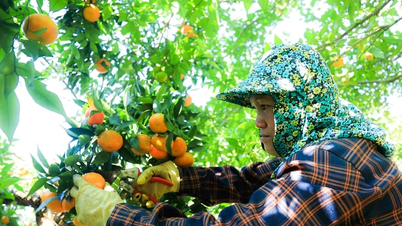

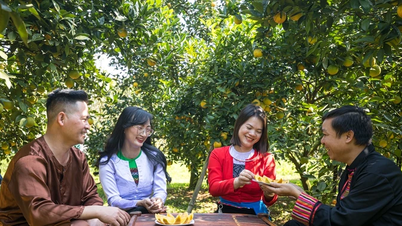
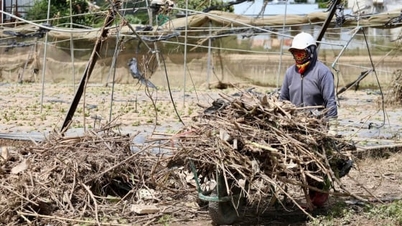

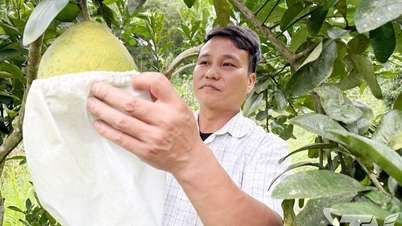

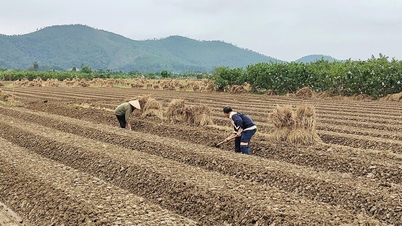

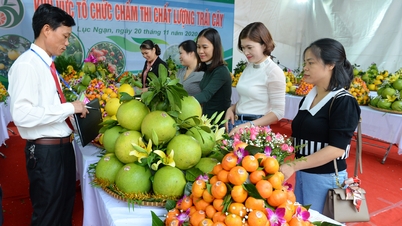
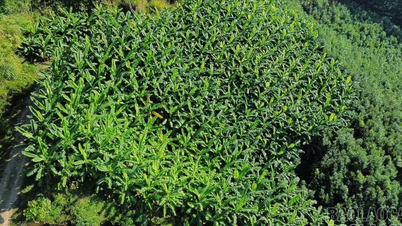





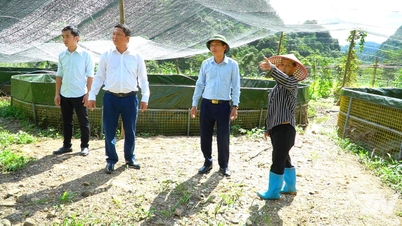
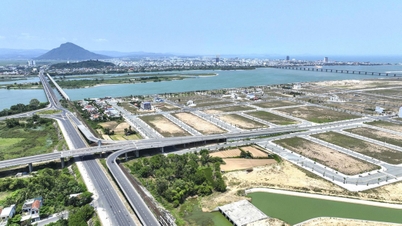

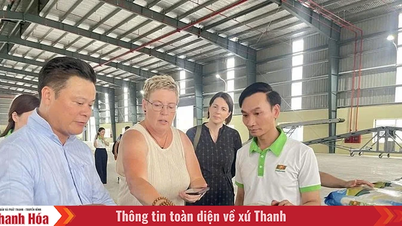





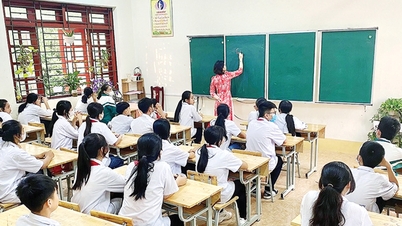
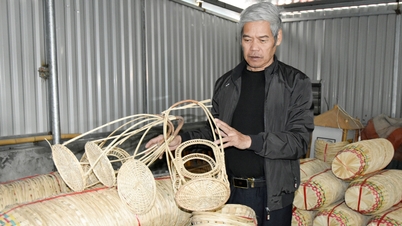


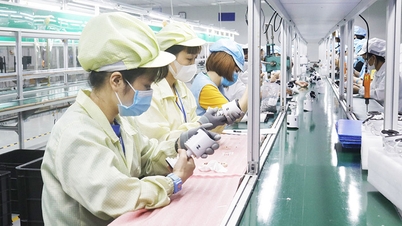
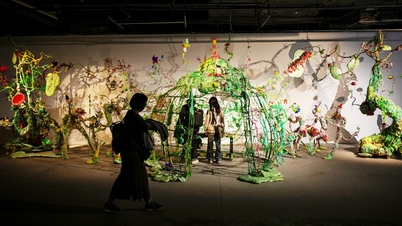



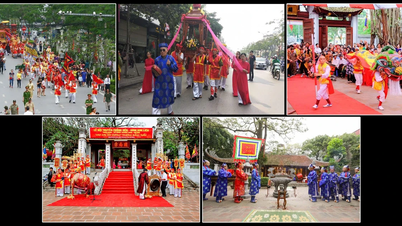

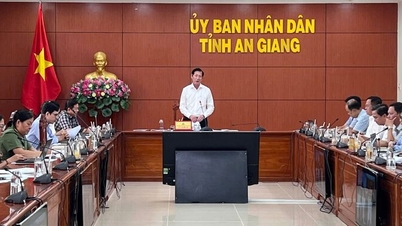

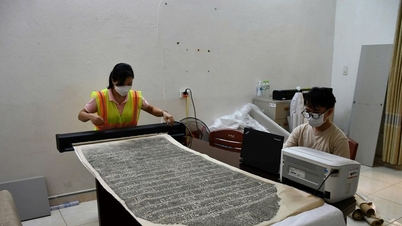

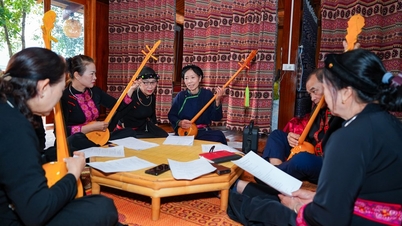







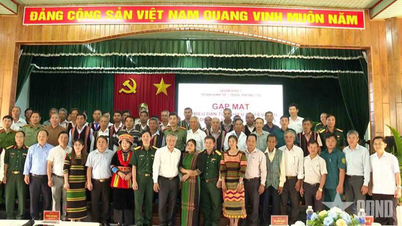

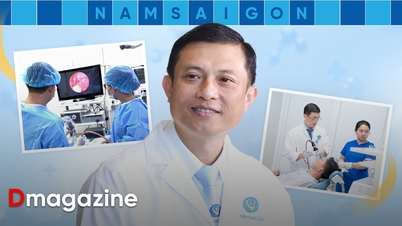

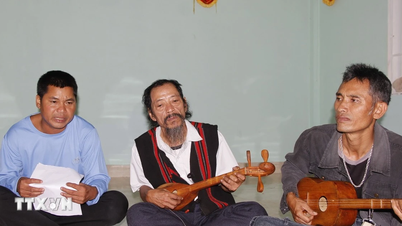


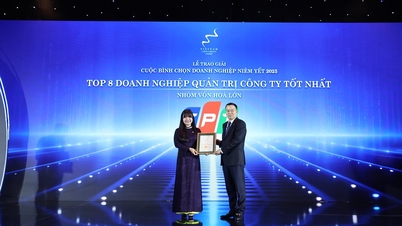



![[VIMC 40 days of lightning speed] Da Nang Port: Unity - Lightning speed - Breakthrough to the finish line](https://vphoto.vietnam.vn/thumb/402x226/vietnam/resource/IMAGE/2025/12/04/1764833540882_cdn_4-12-25.jpeg)
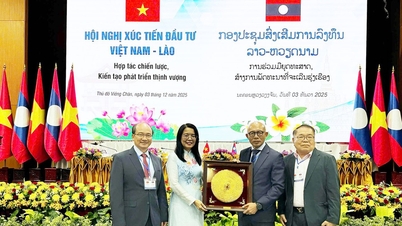
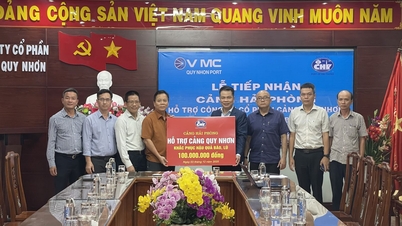









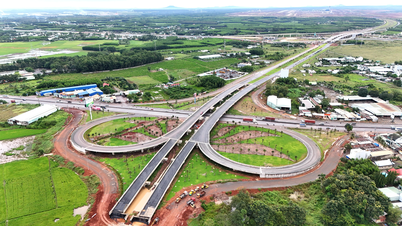




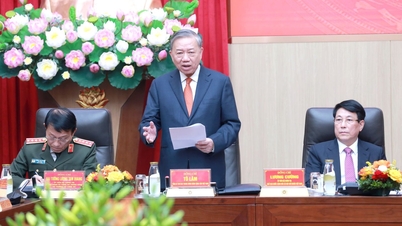

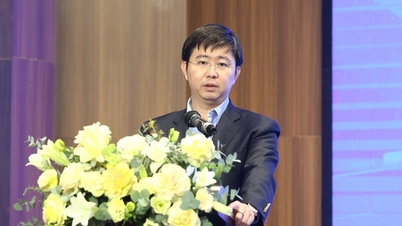

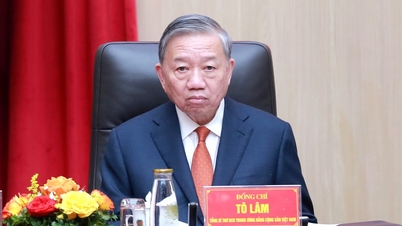







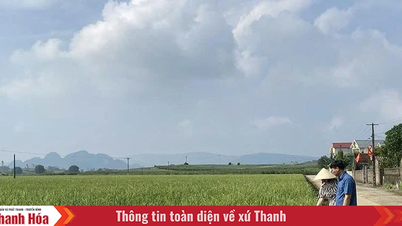
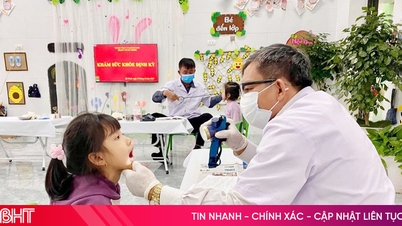

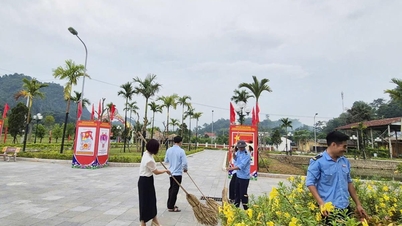

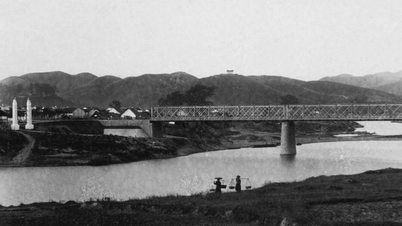












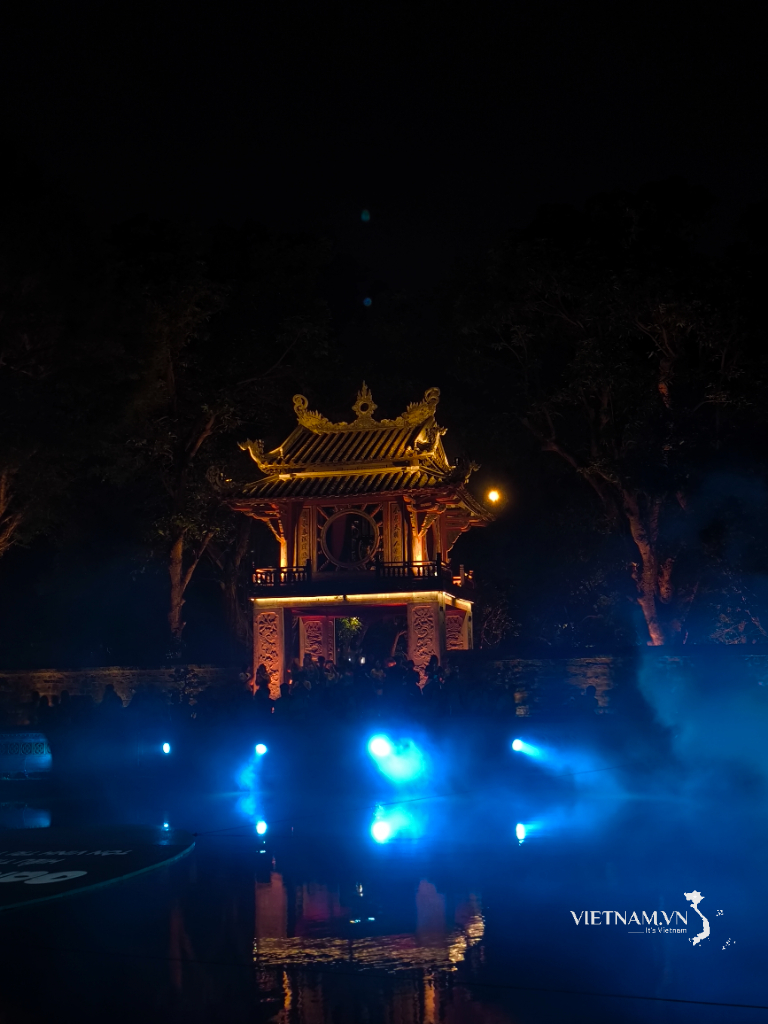



Comment (0)